Case: How to locate and identify an unknown odor source
One of the biggest cities in Norway was troubled by occasional bad odor for several years. This is the story about how we finally were able to identify the source. It turns out that locating odor sources in urban environments is complicated, yet with the right tools it can be done with minimal efforts.
The present case study is from a big city in Norway. In 2018 the local authorities received a massive volume of complaints about bad odor in the city center. On certain days, odor was reported from locations scattered over most of the city center. The problems received a lot attention from the press and public. The local authorities mobilized a project to investigate. This case study is a report on the progress from the initial investigations, various failed attempts, and a finally a successful approach and conclusion.
Why is odor a problem?
Bad air quality and smell causes nuisance and affects the well being and daily life of the citizens. Odor is one of the most common reasons for complaints. Our sense of smell seems to be closely linked to emotions and bad smells can certainly ruin an otherwise good mood. Bad odors may produce a feeling of danger / worry, and a common response from the public is to wonder whether they have been exposed to something dangerous. Although smell seldom is dangerous, the feeling of worry and stress may certainly be unhealthy. When the odor source is unknown, the level of stress increases since it is not possible to know for how long the issues will persist and whether it could directly affect your health. Actually, we see that proper information and communication may reduce the perceived negative effects of bad odor.
Unknown odor sources are more problematic for the public than well known and documented sources. Identifying the source is therefore important beyond the obvious reasons of being the first step in any abatement project. Unfortunately, as we shall see in this case study, identifying and locating the source can be difficult, especially in urban environments. The human nose is extremely sensitive and responds to trace level of many common compounds. A small emission source located far away may still produce a lot of nuisance. Sometimes the source really is that big factory with its huge, visible smoke stack, but far too often it not that obvious, and jumping to conclusions is never a good approach.
Initial investigations
As often is the case, the very first approach was to brainstorm and use intuition. The authorities compiled a short list of companies that potentially could be the source. Meetings were held, but no one of the companies could confirm being the source.
Odor observations were logged, lists compiled, and markers plotted on a map. The markers were distributed over most of the city center and provided no insight as to where the source could be.
The authorities analysed chemical measurement data from established air quality monitoring stations in the city. Interestingly, these showed peak values for several compounds during odor incidents. Still, the chemical analyses did not provide sufficient hints about what type of source it could be. Possibly, weather types that promoted concentration of odor also promoted concentration of other pollutants.
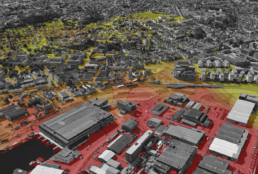
Figure 1: Picture showing modelled odor dispersion in the city
Dispersion modelling
Dispersion modelling is frequently used for investigating odor emission and impact. While these are very valuable tools in general, reliability may be limited on street level in a city. Buildings and streets cause very complicated wind fields that are difficult to model.
Odor dispersion modelling for regulatory purposes is designed to calculate probability of odor issues based on historical weather data. These are not really useful when tracking specific, single odor observations. Therefore we established a system for realtime dispersion modelling. This approach is more helpful since the plumes are shown as actual, and not as statistical plots.
While realtime modelling is super useful in most cases, it cannot always provide autorathive answers. Below are two plots from the current project. The one on the left represents concentration levels of hourly average values, and the one on the right corresponds to 1-minute average peak values. It is clear that when considering incidents of shorter duration the plumes extend over a larger area, and in this particular case blend with other hypothetical sources.
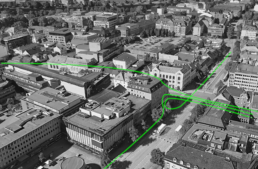
Figure 2: Illustration of complicated wind fields in an urban areas
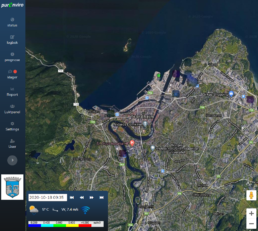
Figure 3: Realtime dispersion modelling representing hourly average values
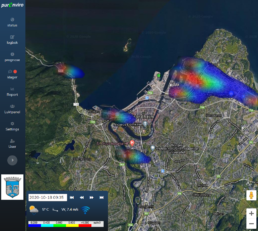
Figure 4: Realtime dispersion modelling representing 1-minute peak values
The solution: Adding Crowdsourcing to the equation
With none of the classical tools providing clear evidence, we decided to engage the public. A web page was established on an easy to remember address, and a mobil app was made available. The general public was invited to register observations. Observations would contain timestamps and the position, and an optional description if the person decided to submit text.
After a while, 750 observations were recorded. Analyses of the words used by the public revealed that there are more than one source. This is fairly obvious, since any large city will have multiple sources. Still, in this case we were looking for a distinct, dominating source.
The software used for this study was Purenviro TOM. It has special algorithms for handling crowdsourced data. The heatmap revealed the most probable location for the odor source.
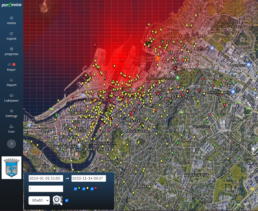
Figure 6: Heatmap showing where the source is most likely to be found
When a possible source was located we could check each of the observations against this source. Again the software was Purenviro TOM. We found that about 70% of the observations could be linked to the identified source. The rest would be other sources, or not traceable due to limitations in dispersion modelling as explained above.
The figure below shows how one observation corresponds to the emissions from the assumed source.
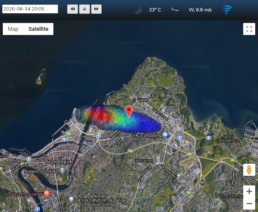
Figure 7: Odor plume from the assumed source and a corresponding single odor observation as it is verified in the Purenviro TOM software
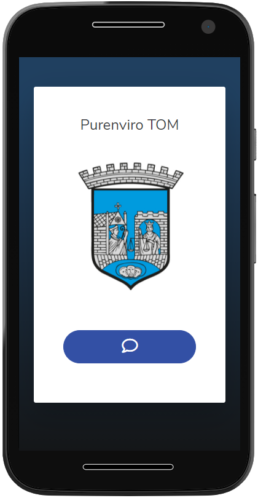
Figure 6: Mobile app used to collect public observations
Conclusion
It can be difficult to locate an unknown odor source in a city. Classical methods like air quality monitoring and dispersion modelling are all limited and not sufficient alone. Adding crowdsourcing and collecting public observations is a novel approach that, using the right tools for analysis, will provide valuable insight and, in this project, were able to locate and identify the dominating odor source.